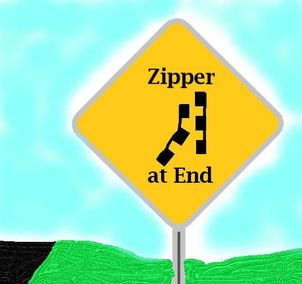Switching to Medical Sciences
We are now researching the medical sciences and procedures to be able to have an impact on mass testing in both the serology realm (for patients who have anti-bodies after having already beaten the virus) and for active patients (for those who are currently infected. We have been working at "Better than nothing" PPE in order to get people who may not have access to masks to be able to protect themselves and others. Here is an example:
Announcing the Green takeover!
Highway Sciences is now taking their talents to the green industry. We have been working on shifting our focus from just traffic sciences to one that includes many different methods for tackling the issue of our time: climate change. (Traffic is still a huge problem though...DMV). In the coming months, we will be rolling out a variety of solutions to increase the abundancy of renewable energies. Imagine a WORLD where we can play video games to educate us, build contraptions to reduce our carbon footprint, and do backflips to gain energy!
Using the "Zipper" method to increase traffic flow and reduce accidents.

Research into the nature of merging traffic from different lanes has concluded that the "zipper" method is
the one that optimizes traffic flow. This method requires that drivers take turns in a one-by-one fashion at the end of a merge, rather than switching lanes as soon as possible. Most drivers take the latter approach and therefore slow down traffic, and increase the risk of accidents, even though they find it to be the kind thing to do. Implementing such a strategy requires products and services aimed at improving awareness. Highway Sciences provides temporary and permanent road signage and targeted media campaigns designed to increase the flow of traffic in merging situations. We do this by assessing a road needs, determining what work, if any, will be done on a strip of highway, and planning based on accident data around the likelihood that incidents will occur. Our marketing efforts utilize all forms of outlet: internet, television, newspaper, radio, etc. We will work with government agencies and private organization who are primary stakeholders in the traffic flow and safety industry.
the one that optimizes traffic flow. This method requires that drivers take turns in a one-by-one fashion at the end of a merge, rather than switching lanes as soon as possible. Most drivers take the latter approach and therefore slow down traffic, and increase the risk of accidents, even though they find it to be the kind thing to do. Implementing such a strategy requires products and services aimed at improving awareness. Highway Sciences provides temporary and permanent road signage and targeted media campaigns designed to increase the flow of traffic in merging situations. We do this by assessing a road needs, determining what work, if any, will be done on a strip of highway, and planning based on accident data around the likelihood that incidents will occur. Our marketing efforts utilize all forms of outlet: internet, television, newspaper, radio, etc. We will work with government agencies and private organization who are primary stakeholders in the traffic flow and safety industry.
